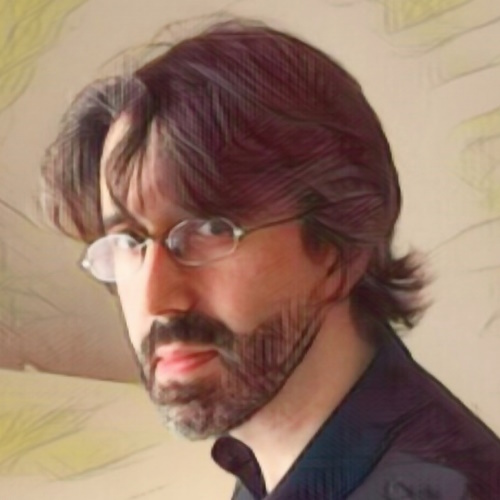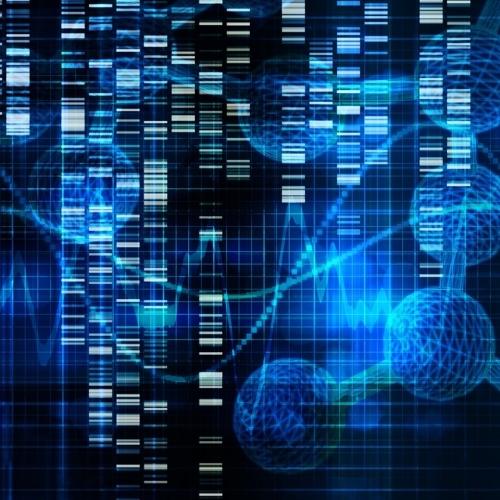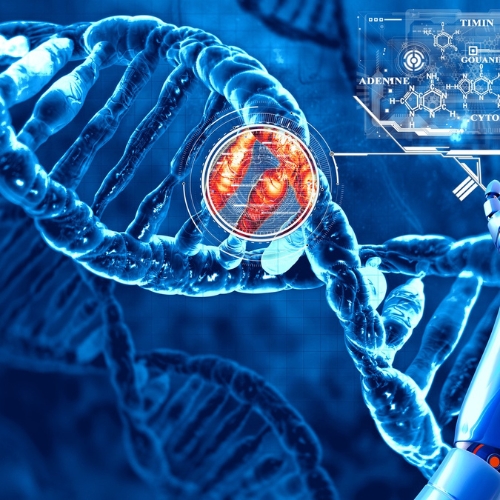Key points from article :
I am optimistic that we will develop drugs that we take every day for longevity purposes.
We know that to become a centenarian is mostly genetic.
Various long-lived animals, such as humans, whales and elephants, ... use different molecular tricks to achieve their longevity.
With bowhead whales, they seem to have much better DNA repair.
My dream experiment is to take a bowhead whale gene and implant it in a mouse to see if the mouse would then live longer.
Naked mole rats are fascinating because they can live up to 30 years... and is very cancer-resistant.
If you expose mouse cells to DNA damage, they will get cancer; if you expose naked mole rat cells to the same damage, it’s going to be fixed.
I think of aging as more akin to a software problem than a hardware problem.
Your thymus is a gland that produces T cells... disappears fairly early in life, around age 20, ... a classic case of antagonistic pleiotropy.
I am convinced we can have radical interventions to rewrite our genetic “software” and redesign human biology.
If we could “cure” human aging, average human life span would be more than 1,000 years.
Maximum life span, barring accidents and violent death, could be as long as 20,000 years.
Is it going to happen soon? I think it’s quite unlikely.






